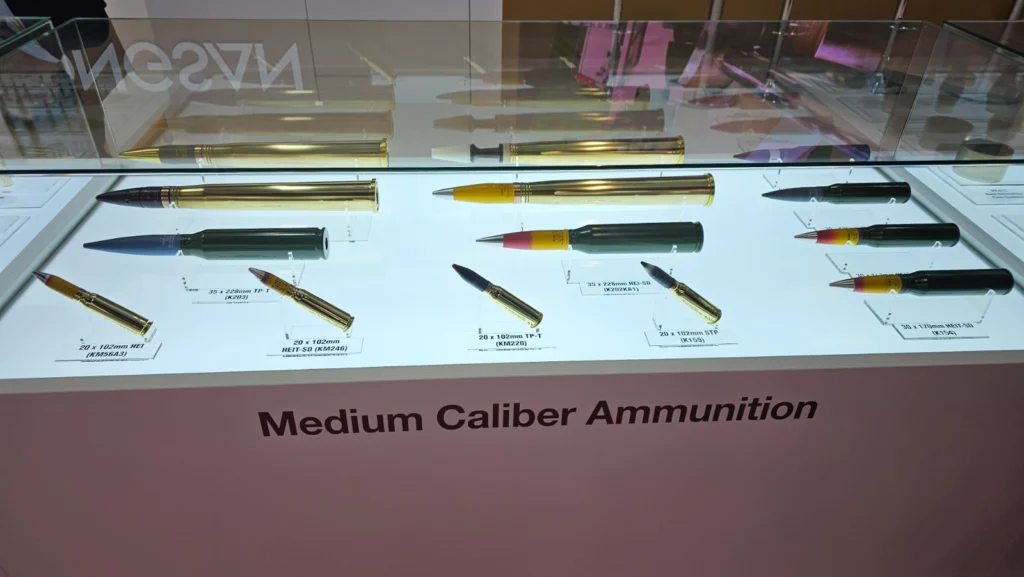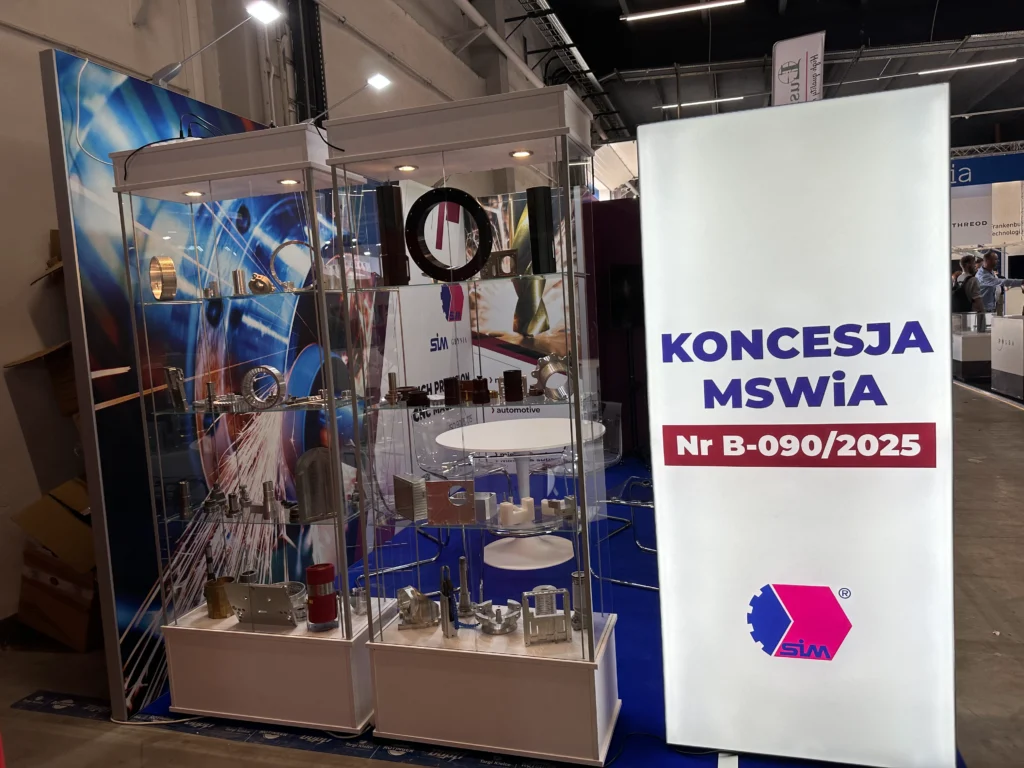In the defense industry, response time and flexibility are as important as reliability. In a world where military technology is developing rapidly and requirements change from month to month, the traditional mass production model does not always work. This is where CNC prototyping for the military and short–run production play a huge role.
CNC machining makes it possible not only to quickly develop prototypes of new components, but also to produce short test series that go directly to the testing ground.
In the defense sector, this is not a luxury, but a necessity – because this is the only way to meet the demands of the modern battlefield.
The role of CNC prototyping in the defense sector
CNC prototyping allows engineers and designers to instantly translate a concept into an actual component.
The process is as follows: Design → CAD model → CNC program → physical prototype → testing → revisions.
This dynamically shortens the development cycle.
In the military, this is crucial. The prototype can be quickly tested under field conditions, corrections can be made, and the prototype can be put into production in a short period of time.
It is also worth mentioning the Iterative “Test-Analyze-Fix-Test” approach which is now a standard in the defense industry, and CNC machining makes it possible to implement it effectively.
Read more about CNC machining in our article ‘‘What is CNC machining?’’

CNC prototyping support technologies for the military
Prototyping is not only about speed, but also precision. The most advanced CNC technologies are used to accomplish such tasks:
- 5-axis machining – allows complex geometries to be made in a single setup, reducing time and eliminating the risk of errors.
- Swiss CNC – ideal for miniature components used in optical or electronic systems.
- Hybrid approaches (CNC + 3D printing) – allows for rapid design iterations and production of components with unusual shapes.
- Finishing processes – grinding, anodizing, hardening or protective coatings – make it possible to give prototypes series-like properties.
Thanks to such technologies, military prototypes are not just “preview versions” – they are fully functional components ready for testing.
CNC short runs in defense – when are they needed?
Short-run production in the military is as important as prototyping itself. It enables rapid implementation of solutions that are in the testing phase or need to be upgraded.
Typical applications of CNC short runs in defense:
- Test batches before mass deployment,
- Upgrades and additions to existing systems,
- Components that require frequent updates – such as electronic modules or sensors,
- Small volumes with very high unit value and critical to system operation.
Each batch must meet the same quality standards as mass production, and documentation includes material certificates, process reports and full traceability.
Process – from prototype to short run
1. Preparation
The 3D design (CAD) is transformed into a CNC program (G/M code), tailored to the specific machine.
2 Prototyping
- Production of the first piece,
- Quick verification of dimensions and tolerances,
- design and technological corrections.
3 Approval of the pattern
The first piece undergoes First Article Inspection (FAI) – a comprehensive dimensional and quality inspection.
4 Short run
Production of repetitive parts while maintaining full documentation. Each step is monitored and processes are reported.
5. quality control
- Coordinate measuring machines (CMMs),
- nondestructive testing,
- 100% inspection for critical components.
Sources of restrictive standards in CNC machining for defense
The production of defense components differs from the civilian industry primarily in terms of tolerances and quality control. In commercial applications, tolerances of 0.01 mm are acceptable. In the military industry, requirements go as high as ±0.005 mm.
The reason is simple: components must perform reliably in extreme conditions – from Arctic frost to desert heat to environments subjected to severe overloading and contact with aggressive chemicals.
Therefore, the entire process must comply with international quality standards, such as ISO 9001, AS9100D and AQAP – the NATO quality assurance system. When working with foreign entities, ITAR or DFARS regulations may additionally apply, covering export control and data security.
Learn more about CNC machining requirements in the defense and military sectors in our article: ‘‘CNC machining in the defense and military industry – what requirements must a supplier meet?’’.
SIM Gdynia – experience in prototyping and short runs
At SIM Gdynia, we support the defense and military sectors with precision CNC machining. We have more than 100 modern machines, including 5-axis centers, which allow us to realize both unit prototypes and short series with the highest quality requirements.
Our experience includes working with the most demanding materials – titanium, Inconel or hardened steels. We carry out all processes in accordance with international quality standards.
What ‘ s more, at SIM Gdynia on July 4, 2025, we obtained a license from the Ministry of Internal Affairs and Administration (No. B-090/2025), which allows us to carry out projects for the defense industry. The process of obtaining it is extremely restrictive and requires meeting standards both in terms of safety and CNC machining itself.

Summary
CNC prototyping for the military and short CNC series in defense are today the pillars of the army’s technological development. They enable rapid testing, iteration and implementation of new solutions.
Restrictive standards, full documentation and the highest precision are necessary – because in the defense sector the margin for error does not exist.
At SIM Gdynia, we provide comprehensive support – from prototype to short series – in full compliance with the requirements of the military industry. Feel free to contact us.
